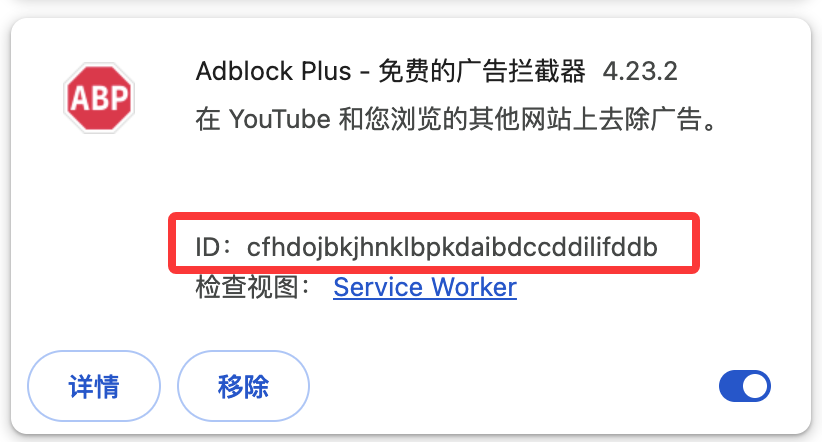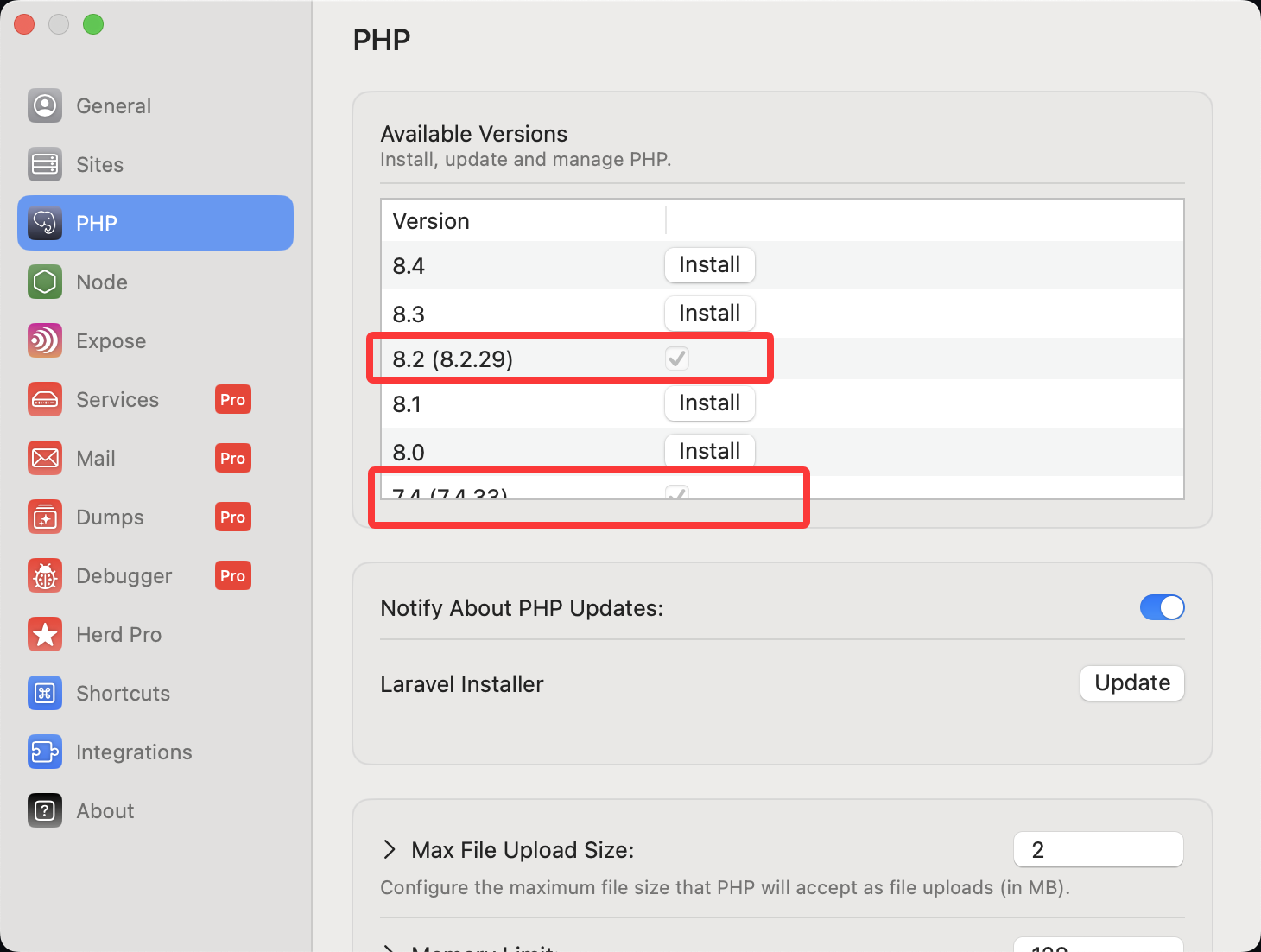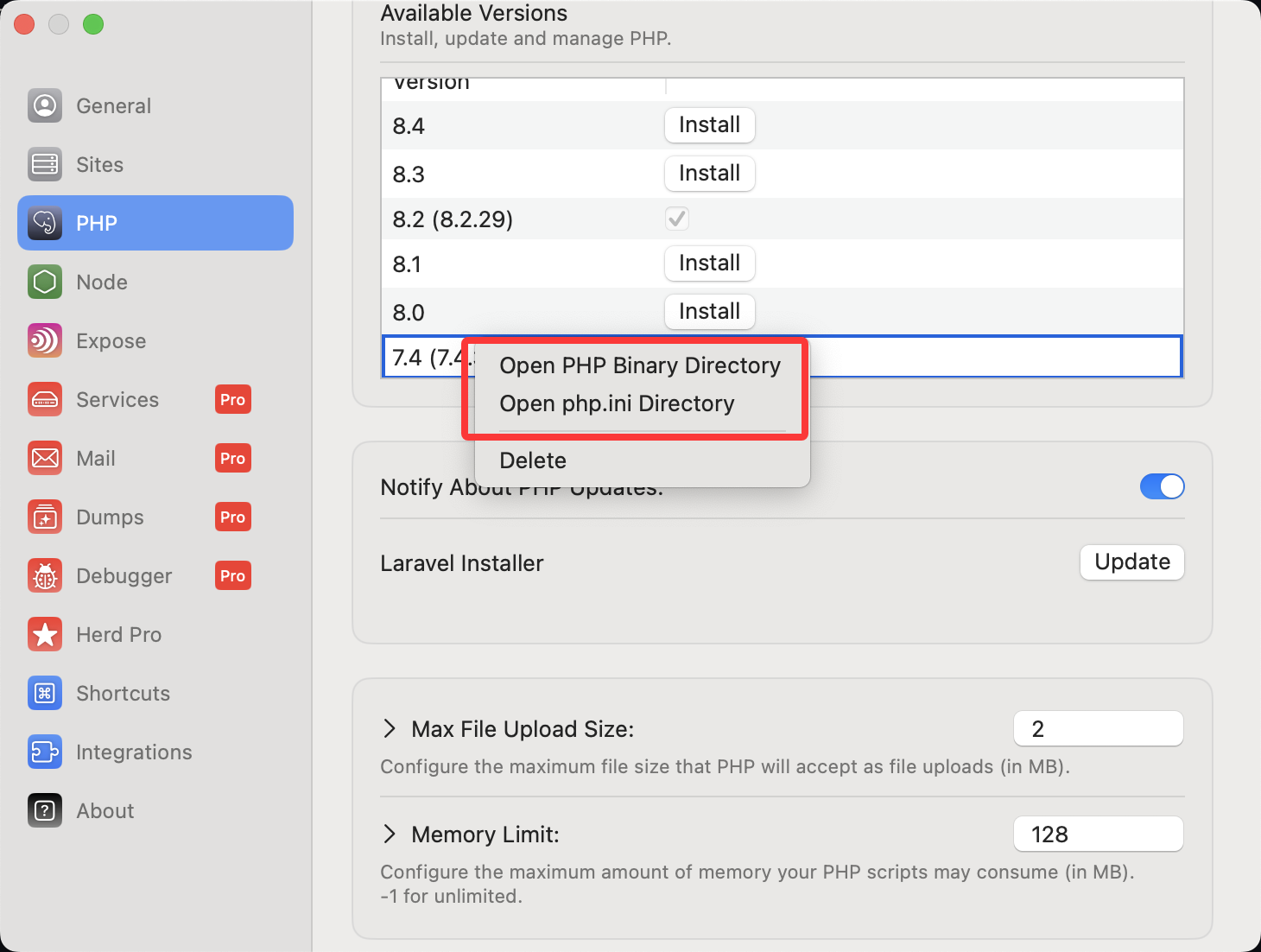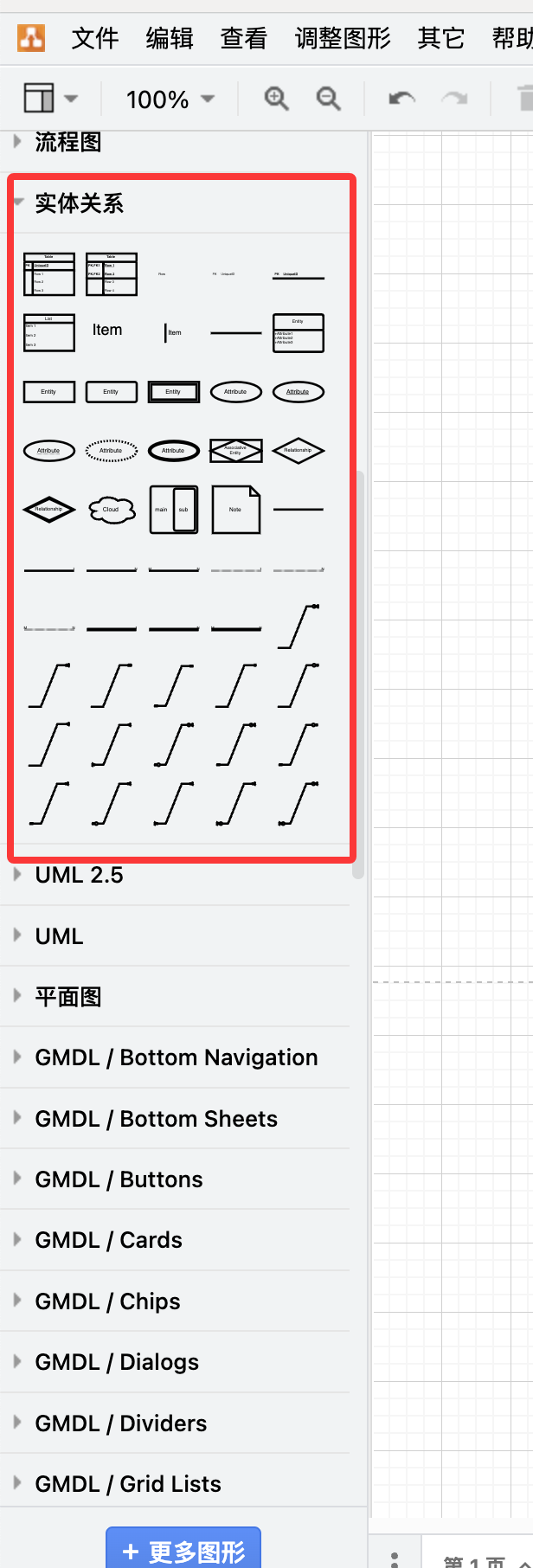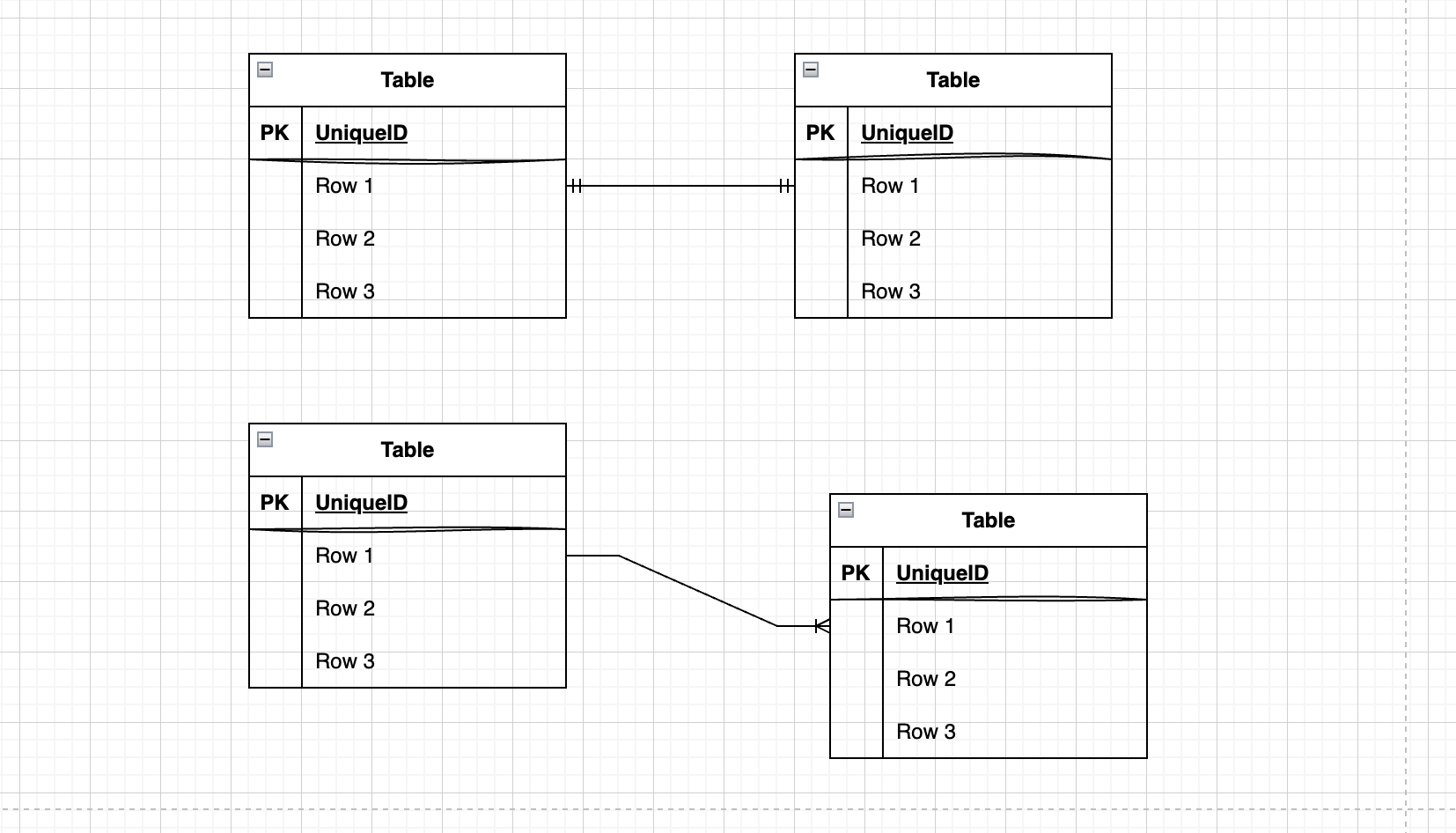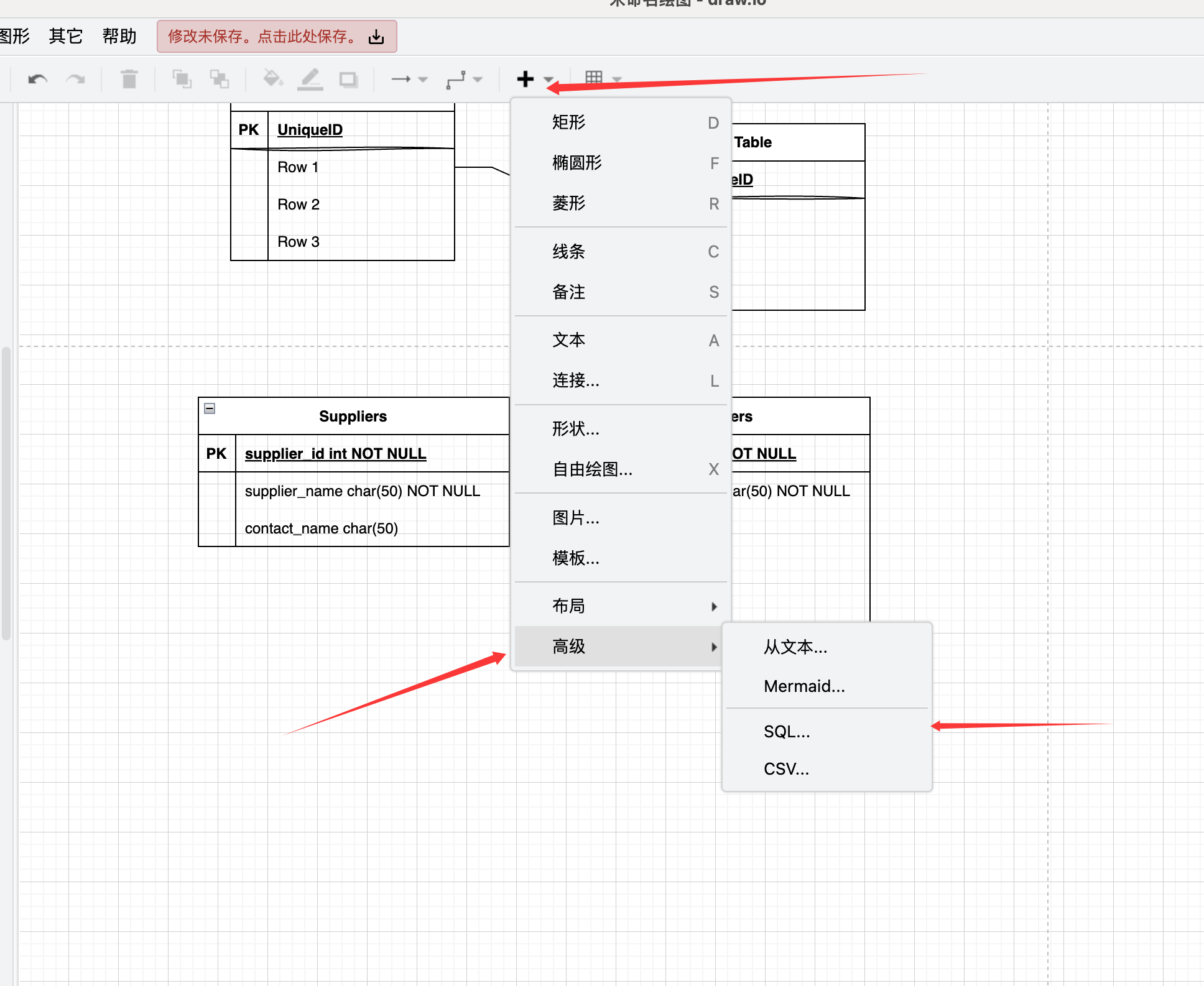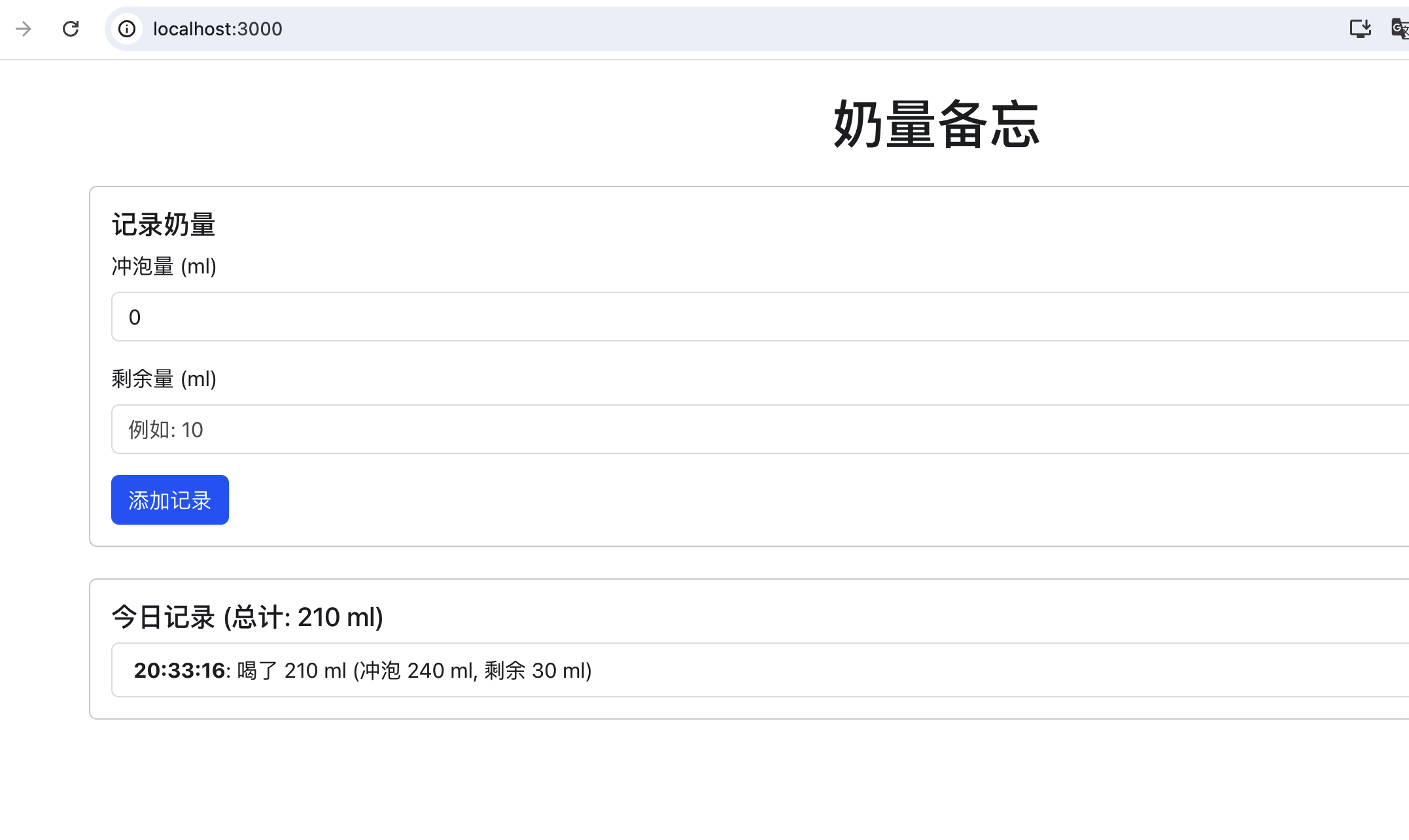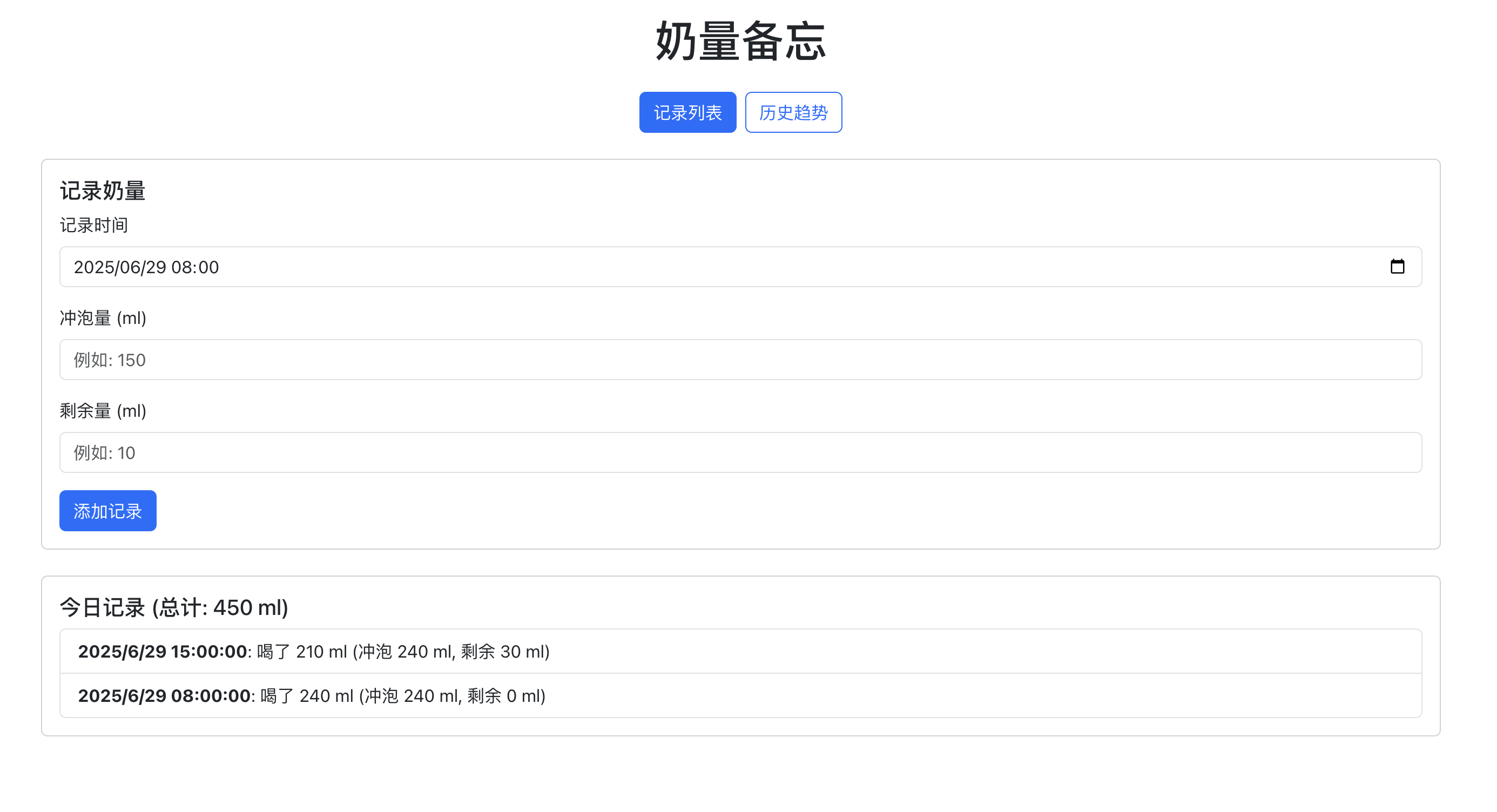学习下mysql新版本支持的row_number方法
在实际开发中,我们经常遇到需要在分组内进行排序并获取特定排名记录的需求。比如查找每个班级年龄最大的学生,每个部门薪资最高的员工等。这类问题在MySQL 8.0前后有着截然不同的解决方案。
传统解决方案(MySQL 8.0之前)
表结构
1 | CREATE TABLE IF NOT EXISTS `students` ( |
业务场景
假设我们有如下学生数据,我想找到每个班年纪最大的学生,可以用一些联表或者子查询方法
| id | name | age | class |
|---|---|---|---|
| 1 | 学生1 | 10 | 1 |
| 2 | 学生2 | 10 | 2 |
| 3 | 学生3 | 11 | 1 |
| 4 | 学生3 | 11 | 2 |
子查询联表
在MySQL 8.0之前,我们需要使用相对复杂的子查询配合JOIN来实现:1
2
3
4
5
6
7
8SELECT ta.*
FROM students ta
JOIN (
SELECT class, MAX(age) as max_age
FROM students
GROUP BY class
) as tb
ON ta.class = tb.class AND ta.age = tb.max_age;
分析:
子查询阶段:
SELECT class, MAX(age) as max_age FROM students GROUP BY class- 按班级分组,找出每个班级的最大年龄
- 结果类似:
{class: 1, max_age: 20}, {class: 2, max_age: 21}
JOIN阶段:将原表与子查询结果关联
- 关联条件:
ta.class = tb.class AND ta.age = tb.max_age - 最终获得每个班级年龄最大的学生完整信息
- 关联条件:
局限性:
- 查询逻辑相对复杂,可读性不佳
- 如果存在同班级同年龄的多个学生,会返回多条记录
- 性能上需要进行两次表扫描和一次JOIN操作
现代解决方案(MySQL 8.0+)
使用窗口函数优化
MySQL 8.0引入了窗口函数,让这类问题的解决变得更加优雅:1
2
3
4
5
6SELECT * FROM (
SELECT *,
ROW_NUMBER() OVER (PARTITION BY class ORDER BY age DESC) as row_num
FROM students
) t
WHERE row_num = 1;
核心概念解析:
PARTITION BY class:按班级进行分区
- 可以理解为逻辑上的分组,但不会像GROUP BY那样聚合数据
- 每个分区内部可以独立进行排序和编号
ORDER BY age DESC:在每个分区内按年龄降序排序
- 年龄最大的学生排在第一位
**ROW_NUMBER()**:为每个分区内的行分配唯一序号
- 从1开始递增,即使有相同值也会分配不同序号
- 这就解决了传统方法中重复值的问题
外层WHERE row_num = 1:筛选每个分区的第一条记录
其他窗口函数选择
除了ROW_NUMBER(),还可以根据业务需求选择其他窗口函数:1
2
3
4
5
6
7
8
9
10
11
12
13
14
15-- 使用RANK():相同值会有相同排名,但会跳跃序号
SELECT * FROM (
SELECT *,
RANK() OVER (PARTITION BY class ORDER BY age DESC) as rank_num
FROM students
) t
WHERE rank_num = 1;
-- 使用DENSE_RANK():相同值有相同排名,但不跳跃序号
SELECT * FROM (
SELECT *,
DENSE_RANK() OVER (PARTITION BY class ORDER BY age DESC) as dense_rank_num
FROM students
) t
WHERE dense_rank_num = 1;
性能对比与优势
窗口函数的优势:
- 代码简洁性:逻辑更直观,维护成本更低
- 性能优化:只需一次表扫描,避免了JOIN操作
- 功能丰富:提供多种排名函数应对不同场景
- 处理重复值:
ROW_NUMBER()确保每个分组只返回一条记录
适用场景扩展:
- Top-N查询:每个分组的前N条记录
- 数据去重:基于特定字段的去重逻辑
- 百分位计算:使用
PERCENT_RANK()等函数 - 移动平均:结合
ROWS BETWEEN进行滑动窗口计算
MySQL 8.0的窗口函数为分组排序查询提供了更现代化的解决方案。相比传统的子查询+JOIN方式,窗口函数不仅在语法上更加简洁直观,在性能上也有显著提升。对于需要在分组内进行复杂数据分析的场景,窗口函数已经成为不可或缺的利器。
